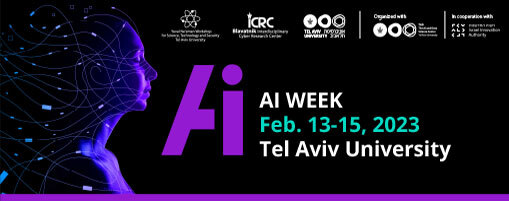Direction of arrival (DoA) estimation is a fundamental task in array processing. A popular family of DoA estimation algorithms are subspace methods, which operate by dividing the measurements into distinct signal and noise subspaces. Subspace methods, such as MUSIC and Root-MUSIC, require the sources to be non-coherent, and are considerably degraded when this does not hold. Recent years have witnessed a growing interest in using deep learning for DoA estimation. Here, deep neural networks learn their mapping from data and replace classic algorithms that are based on specific statistical modelling. However, blackbox neural networks do not share the interpretability, reliability, and flexibility of statistical model based algorithms, such as subspace methods. This talk will present a middle ground approach, following the emerging methodology of model-based deep learning. We will review how deep learning tools can be used to empower subspace methods, instead of replacing them.
By adopting such a hybrid model-based/data-driven approach, we show that one can realize DoA estimators which learn how to divide the observations into distinguishable subspaces. The resulting algorithms leverage data to cope with coherent sources, low SNR and limited snapshots, while preserving the interpretability and the suitability of classic subspace-based DoA estimation.



